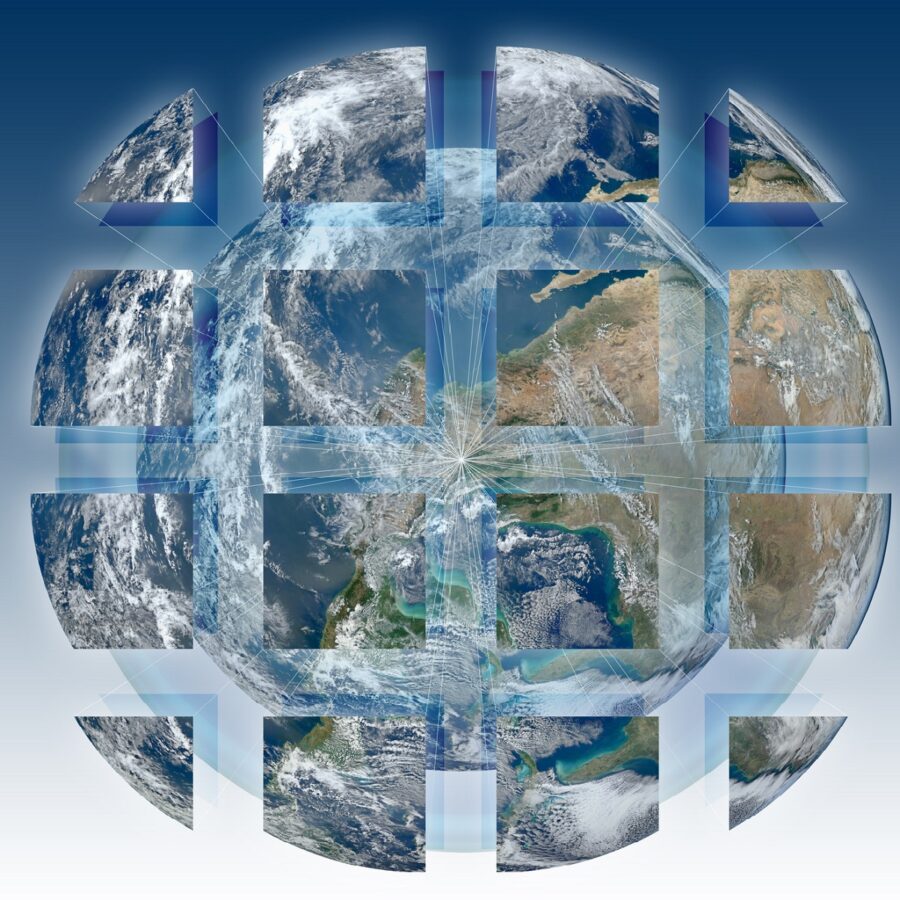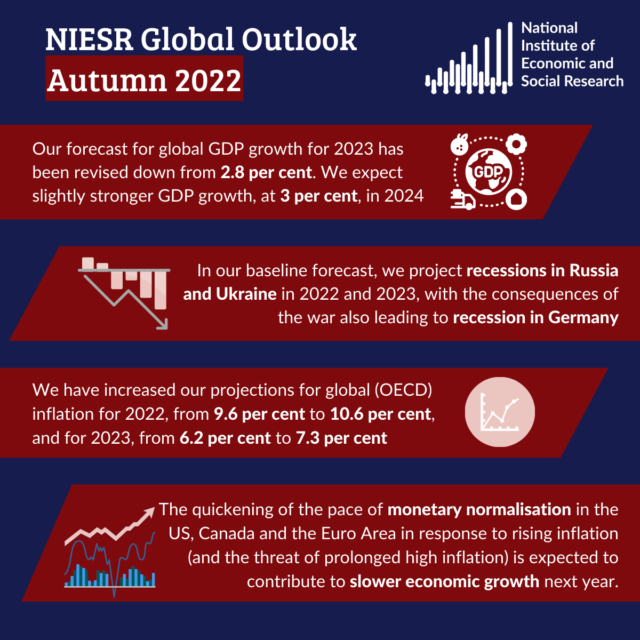Rising Concerns over Increased Global Economic Fragmentation
Interpreting Global Economic Fragmentation
Sign in to Access Pub. Date
Pub. Date
11 November, 2022
 Pub. Type
Pub. Type

- The International Monetary Fund (IMF) has recently drawn attention to the issue of increased global economic fragmentation (Georgieva et al, 2022). Fragmentation can be viewed as countries stepping back from the path of increased global integration in many aspects of economic activity that has been a major force for advancement in the global economy since the end of the Second World War. Fragmentation can also be seen in terms of a change in the pattern of cooperation between countries (for example on reducing trade barriers) to being at a regional rather than a global level, with the growth of what might be termed regional economic institutions developing alongside (or what might be interpreted as at the expense of) the multinational organisations such as the IMF and World Bank which were established in the aftermath of the Second World War and the Bretton Woods agreement. At the same time, broader economic and geo-political changes are altering the balances between the Bretton Woods era’s international trade and currency structure, which has been historically dominated by the US and Europe, the group of resource-based countries whose currencies are backed by commodity exports (and often by new technology), and the growth of China and its economic influence from its growth and external investment.
- The Russian invasion of Ukraine has focused policymakers’ attention on the issue of how far the multilateral model of the global economic system is still valid in the face of the challenges in a new century (Butler, 2022). But the challenges have been developing for some while. The tariffs brought in by US President Trump, while by no means the first to be introduced, marked a renewed focus by the US on protecting domestic markets and workers from what was perceived as unfair external competition. Tariffs, and the retaliations to them, were seen by some commentators as potentially heralding a wider move to protectionism and away from the focus on pursuing free international trade at a global level as exemplified by the General Agreement on Tariffs and Trade (GATT) rounds and the World Trade Organisation. However, other issues have now taken centre stage.
- The invasion of Ukraine, which led to reduced supplies of energy and food and sharply increased their prices, has increased awareness of the importance of domestic energy and food supply security. These concerns added to those in several countries about the resilience of global supply-chains following the disruptions during both the Covid-19 pandemic and the economic recovery period that followed. In addition, the pandemic and the race to vaccine distribution have been important developments. While international initiatives such as COVAX took place, they seemed to have played a more marginal role globally and have been less impactful than initially envisaged. The increases in economic insecurity added to some pre-pandemic developments, such as some companies re-shoring activities and the much slower trend in world trade growth in the years following the global financial crisis (illustrated in Figure A1). The post-World War trend to globalisation seemed to have slowed and de-globalisation was already being actively discussed (Kara and Liadze, 2020) before the pandemic struck.

